“Pere Marquette” names a river, a city, a railroad, several parks, a university and two high schools. Who was Pere Jacques Marquette and why are there so many places named for him? Why have some of his bones recently been relocated? Join Chuck and I as we investigate this fascinating missionary who had explored our Earth over three centuries ago! He has left quite a legacy in the Great Lakes region during his 37 year lifetime.
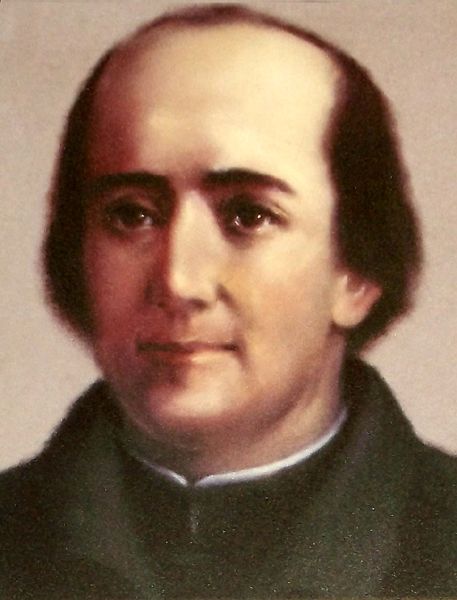
June 1, 1637-May 18, 1675
Photo Credit: “Legends of America”
Pere Marquette Monument
Chuck, and I had ventured to the Ludington shoreline to see a monument placed in honor of Pere Jacques Marquette.. “‘Pere’ means Father in French.” Chuck reminded me as we quietly closed the Jeep’s doors so we did not disturb the peaceful reverence surrounding the memorial. This spot has been believed to be the sight where Pere Jacque Marquette had expired on May 18, 1675.
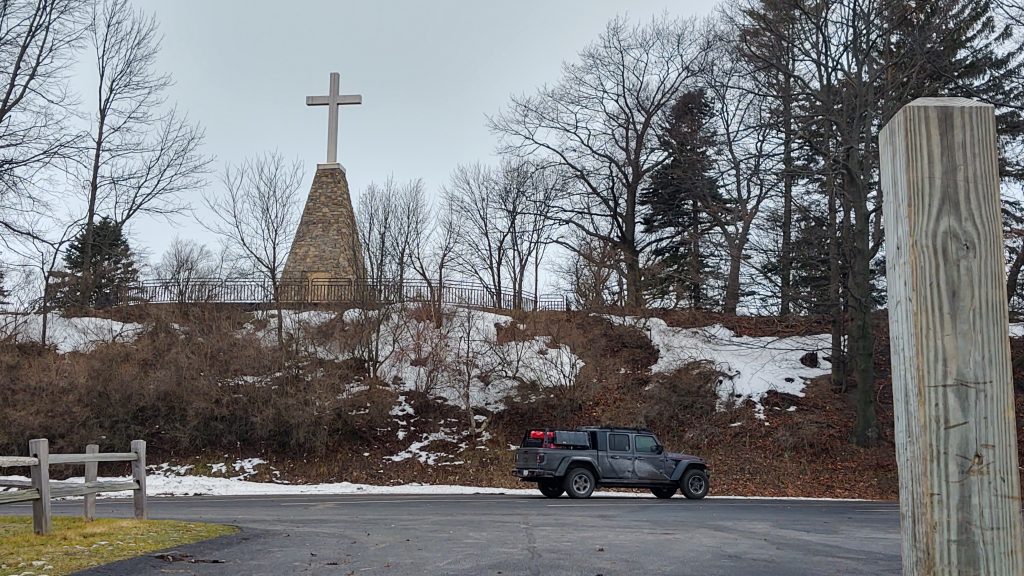
This area had been donated by the M.F. Butters family.
As we rounded this hill, gusts of icy wind cut through our thick coats. I slid on my wool gloves and wondered how an explorer could endure these conditions? Paddling across Lake Michigan and up rivers, mapping the area for better routes, had caught my admiration! I needed to know more about this brave man, Pere Jacques Marquette!
Jacques Marquette’s Devout and Adventurous Life
At seventeen years old, in 1654, Jacques Marquette had joined “The Society of Jesus,” known as Jesuits, near the city of his birth, Laon, France. The basis of Jesuit Catholics is ‘Cura personalis,’ respecting each person’s unique characteristics and nurturing a person’s abilities.
Jacques Marquette had once written to his superior. “Would that I be ordered to set out for foreign lands. This has been the object of my thoughts since my earliest childhood.” He had penned this in 1665 as Jacque Marquette’s university days were coming to a close. “Previously, I felt inclined toward the mission to the Indies; today, I would most gladly venture to whichever country it might please you to send me.”
Marquette, along with 45 Jesuits, had been assigned to Quebec, Canada, known as “New France,” where he would serve as a Jesuit Missionary. His goals were to care for and convert natives to Catholic beliefs. Once he arrived in Quebec, Pere Marquette felt it would be necessary to start studying the Montagnais language under Father Druillettes at Trois-Rivieres. Soon he also learned to speak Algonquin at Cap-de-la-Madeleine. On August 4, 1667 Jacques Marquette had written, “I find no difficulty with languages unrelated to ours.” During his lifetime he had learned a total of six native dialects.
I wish I could have had the chance to interview Jacques Marquette about his dedication and respect of others. Mastering indigenous languages before making their acquaintance had demonstrated a willingness to connect with the people of North America. I would have loved to have heard him tell about his experience crossing the ocean and meeting the Anishinaabe. These tribes, who had lived only by natural resources, spoke different languages and held beliefs which had differed from his own. Pere Marquette had assimilated to their customs and traditions. He had been widely accepted by these bands of people.
Jacques Marquette had been transferred from Quebec to the Great Lakes area to assist Jesuit Claude Dablon with the Ottawa tribes in May 1668. Upon his arrival he organized the European settlements of Sault St. Marie and St. Ignace where the natives already had well-established trading posts. I imagine that Pere Marquette negotiated and translated with finesse among the indigenous and the Europeans creating a culture of tolerance and acceptance.
During this time Marquette had befriended Louis Jolliet, a French-Canadian explorer. The pair had heard stories about the Mississippi River from the locals. With their curiosity peaked, Jolliet had requested government support for an expedition to locate the source of this waterway and map the area. Permission was granted!
The duo led their expedition of five individuals and two canoes into Lake Michigan on May 17, 1673. Beginning in St. Ignace, they forged their way westward toward Green Bay. Then their crews paddled through the Fox River. Next, they carried their boats two miles to the Meskousing River which had brought them to the source of the Mississippi on June 17th. (Honestly, I have had to be towed during an afternoon of kayaking. I can’t imagine a month of paddling, let alone carrying a canoe two miles!)
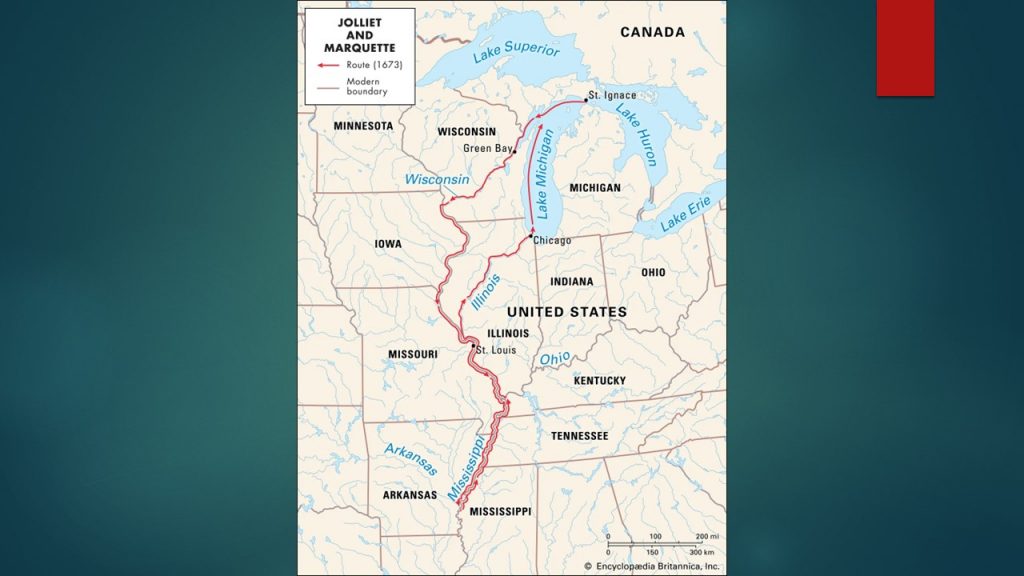
Photo Credit: Britannica
Louis Jolliet and his team returned to Quebec in order to report their findings. Jacque Marquette and his group continued south. Over the next month, Marquette’s small squad had mapped the northern portion of the Mississippi River.
As they move southward, their insecurities expanded. Marquette had written, “We felt that we were exposing ourselves to losing the fruit of this voyage, of which we could publish no knowledge were we to fall into the hands of the Spaniards, who no doubt would have held us captive, at the least.” So, instead of continuing south to the Gulf of Mexico, they turned around.
The return journey began in mid July. The small group paddled endless days northeast along the Illinois River, through today’s Chicago, where they had to stop due to Jacques Marquette’s health and the frigid December weather.
The team of three had camped with the native people in the Illinois Territory for the winter season. By the end of March their spirits and constitutions were re-energized. Pere Jacques Marquette presented a public Mass celebration at the “Village of the Illinois” before their departure north into Lake Michigan.
The trio needed to stop along the shoreline to attend to Pere Jacques Marquette’s dysentery, near present day Ludington. However, he didn’t regain his energy and on May 18th, 1675 Jacque Marquette had sadly passed away due to his illness. The pair buried Pere Jacques Marquette at this site.
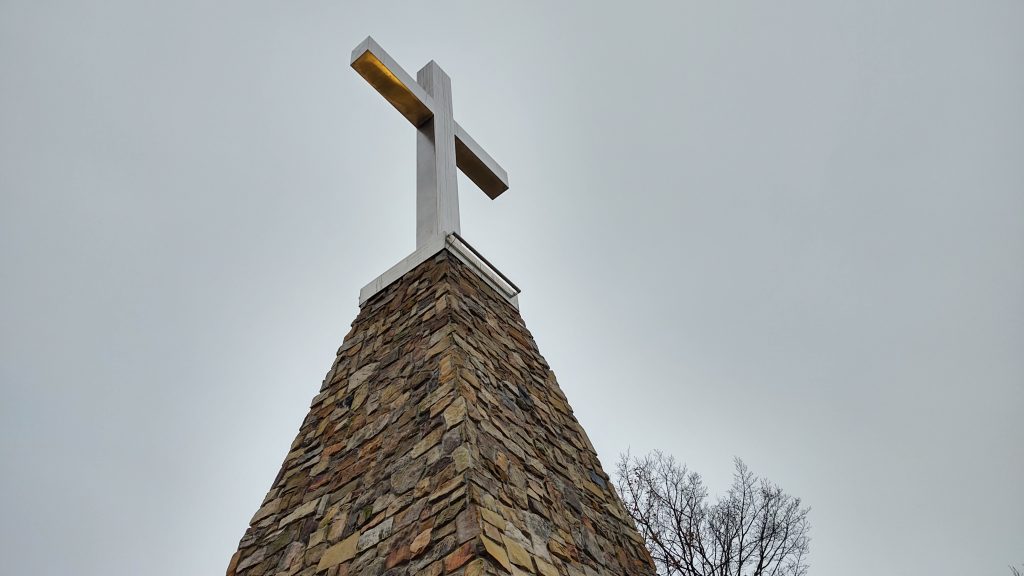
Wisconsin, Illinois, Michigan and even Mackinac Island honor Marquette with plaques and statues.
Relocating Pere Jacques Marquette
Two years after his death in 1677, Pere Jacques Marquette’s remains were retrieved by several Natives from St. Ignace, where Pere Marquette had established a mission in 1671. As their boats neared St. Ignace, it had been recorded that forty canoes, filled with an array of representation from various tribes, had come to pay their respect and escort Pere Marquette home. There had been Huron, Ojibwa, Odawa, Potawatomi, and Iroquois. Most had painted their faces black which had been the custom when mourning.
Pere Jacque Marquette’s Bones Unearthed
Two hundred years later in 1877, Pere Jacques Marquette’s remains had been discovered at the site of his St. Ignace mission. His nineteen bones had been encased in a double-sided birch bark box, which had been unearthed by Peter Grondin, an Anishinaabe, who had been working on excavating the area. (Pause to remember the name, Peter Grondin.)
At that time for an unspecified reason, the majority of Marquette’s bones had been taken to Marquette University in Milwaukee, Wisconsin, where they’ve been stored until recently. The history about this has been lost, but will his bones find their way home? . . . Stay tuned . . .
Pere Jacques Marquette’s Burial Site
After locating Pere Marquette’s burial site in St. Ignace, there had been a desire to honor the Jesuit missionary with a beautiful garden which had been planted by 1882. The flowers had surrounded his grave. In 1901 a grave marker had been added.
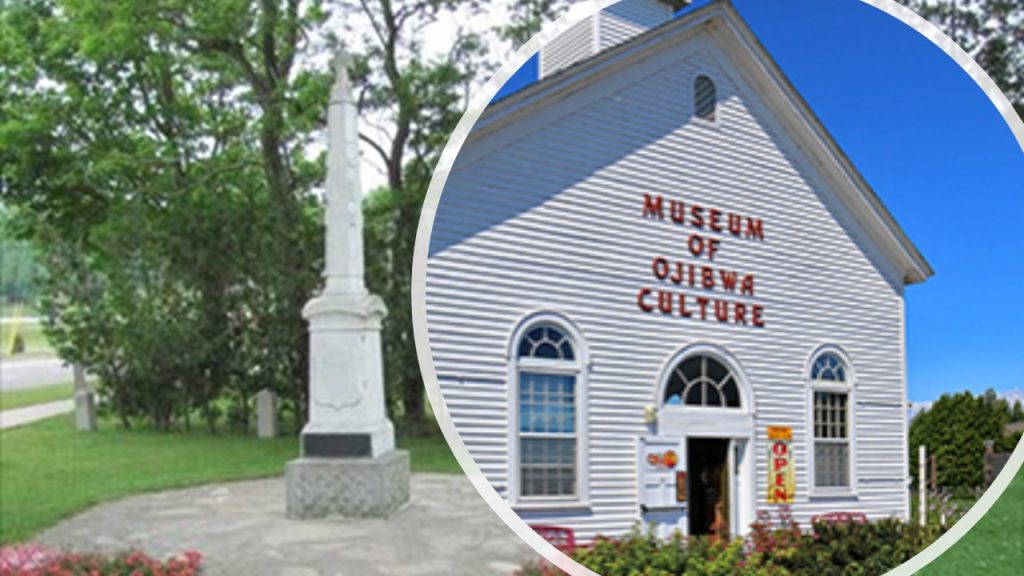
Photo Credit: Museum of Ojibwa Culture
Then in 1957 a statue of Marquette had been erected. The fountain and sculpture had been commissioned by the Knights of Columbus.
Oddly, since 1877 only a few remains rested in St. Ignace, while most of Pere Marquette’s bones had been located at Marquette University in Wisconsin. Why did this educational institution keep these bones in their archive?
Marquette University
Located in Milwaukee, Wisconsin, Marquette University has held the Jesuit principle, Cura personalis in high regard. This ideal centers around the golden rule of respecting each person’s distinctive attributes.
All around campus the Jesuit motto “A.M.D.G.” appears on signage and several buildings’ cornerstones. It stands for Ad majorem Dei gloriam, or “For the greater glory of God.” Amplifying this motto, each Tuesday at 10:00 pm students and staff gather for Catholic Mass which is celebrated at the Joan of Arc Chapel.
Social outreach has continued to be a focus of campus life at M.U. The Marquette Action Program (M.A.P.) is a group that has students delve into communities around the United States as well as abroad to examine and assist with social issues. For instance, there’s a M.A.R.D.I. G.R.A.S. outreach. Following Hurricane Katrina annual trips are made to the gulf area “Making a Real Difference In the Gulf Region and Areas Surrounding.”
I suppose that holding fast to the Jesuit beliefs, has created some connection for keeping Marquette’s remains on his namesake’s campus. However, many felt that Pere Marquette should be buried at his home in St. Ignace. With hope stretching over a century, Jesuit Priest Al Fritsch had started the process of returning Pere Jacques Marquette home.
The Return of Pere Jacques Marquette’s Bones
The return of Pere Jacques Marquette’s bones had begun when an 87 year old Jesuit Priest, Al Fritsch, had contacted Jon Magnuson at Marquette University back in 2018. Fritsch had invited Magnuson to assist the Museum of Ojibwa Culture and the Anishinaabe leaders in returning Marquette’s bones to St. Ignace.
Pere Jacques Marquette, had been known as “a black robe,” and revered by the Native tribes. Long ago Pere Marquette had respected the indigenous people, so the present day Anishinaabe had wanted to honor the young priest. With the university’s approval, a delegation of elders was formed and began making plans to respectfully transfer and bury Pere Marquette as one of their own.
On March 30, 2022 a pair of representatives, dressed in ribboned decor, stood outside the aged French chapel on the university’s campus. Each blew a whistle made from an eagle’s bone. In unison they turned one quarter and whirred their instrument. They proceeded to step in another quarter turn, facing each cardinal direction and create the swooshing sound. Then they stepped back, parting to make space for a small group of college staff and some of the tribal delegation members to quietly enter The Joan of Arc Chapel for Mass.
Media had not been permitted to attend, but Jon Magnuson had written about the event of transferring Pere Marquette’s remains which I’ve paraphrased. Here’s a sneak peek into their ceremony. . .
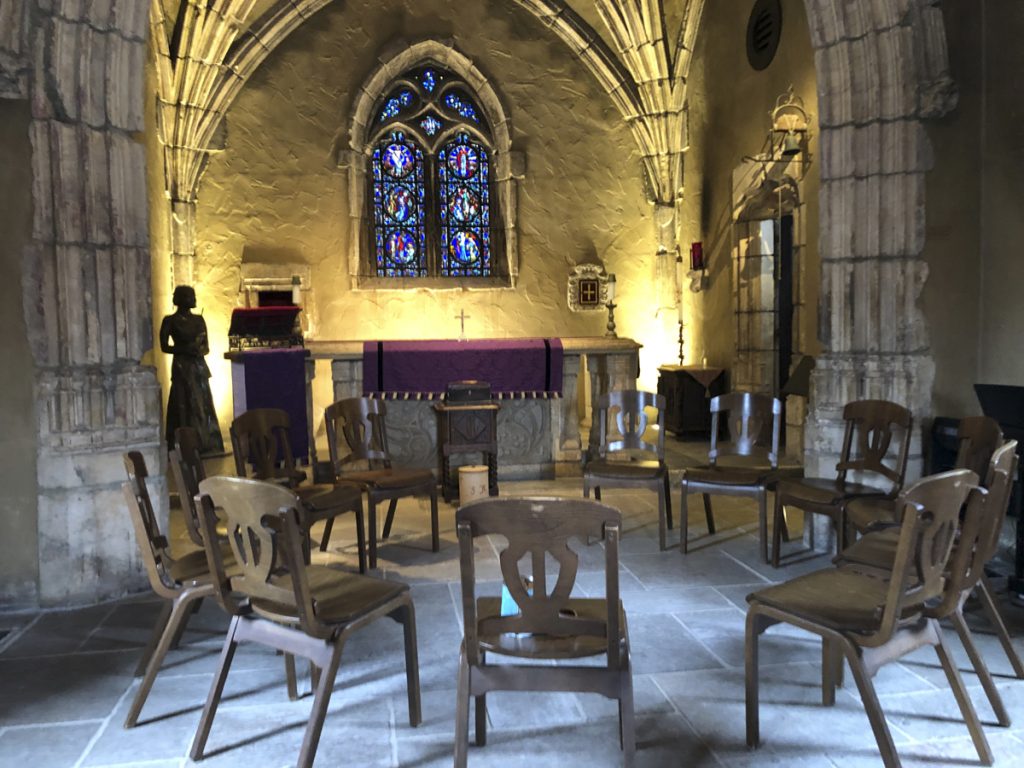
Notice the two containers in front of the altar.
Photo Credit: Cedar Tree Institute
Once Mass had concluded and the university members had departed, the delegation gathered chairs in a circle. A container of ground willow, bearberry and herbs, called kinnikinnick, had been passed. Each person would pinch some between their fingers, silently say their offering, then brush their fingers together to return the mixture to the box. It is said that the kinnikinnick holds one’s prayers and would be used in the sacred, ceremonial pipes. Next an eagle feather with its quill wrapped in leather had been passed inviting members to speak if they had wanted.
Lilting smoke from sacred pipes had brought a thick, earthy scent to the chapel. One women, a descendent of a St. Ignace tribe, prayerfully transferred wrapped packages containing Pere Marquette’s bones into the birch bark container which the group had brought. The eagle feather had been passed again allowing each to speak. Then, it was time to prepare for the seven hour trip back to St. Ignace.
A traditional ceremony had been planned for June 18, 2022. Arrangements had been made to have attendants from various faiths present: Jewish, Buddhist, Christian and the Three Fires (Odawa, Ojibwa and Potawatomi).
The Reburial Ceremony

Pere Jacques Marquette’s bones had been reunited in the cylinder birch bark container.
Photo Credit: Cedar Tree Institute “The Return”
Tony Grondin, “Winter Man,” had spoken, “Jacques Marquette had come and lived among us. He was given by our people the honor of being a sacred pipe carrier. This has always been a sign of respect and honor. It means that such a person shares our values, understandings and respects our spiritual teachings.” During that era giving a pipe to a white man had been (and would still be) extremely rare.
Tony had explained that my “grandfather times three,” Peter Grondin, had discovered the remains of Father Marquette at this site in 1877. So Tony had grown up knowing the stories of Jacques Marquette. “While following his own faith and mission, he honored and practiced many of our spiritual traditions.”
With drums beating and whistles sounding, Pere Jacques Marquette had been honored. With wafting ribbons of sage smoke Pere Marquette’s bones were reburied in a cylinder birch bark container. A crowd of over 100 people were in awe as a single bald eagle suddenly appeared and circled above them.
“Don’t ever stop thinking about where your people have come from. We need to keep our culture and our family.” stated Francie Wyers, “Yellow Butterfly,” who had been a member of the delegation. Each of us crave connection to our past and to others today.
Ponderings
Pere Jacques Marquette’s acceptance of others has set a firm framework from which to see the world. Wouldn’t it be incredible if people could value individual’s attributes and strive to show others respect. Imagine what a wonderful world it could be! Honoring Pere Marquette by naming so many places for him carries his ideals into our present day world!
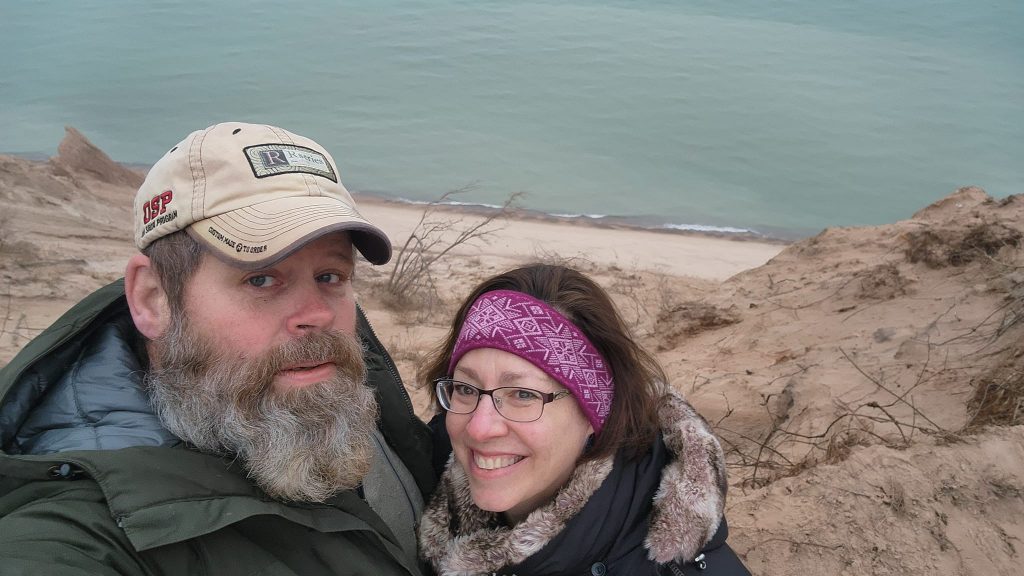
Centuries of rich history, hardship and victories, surround the Great Lakes. Pere Jacques Marquette’s life legacy still shines today! I admire our brave ancestors who have lived on these lands and traversed this geography working to make our world a better a place. Continue to be curious and create a positive legacy.
Related Links:
“A Martyr’s Shrine-Ontario” article
Restless Viking merchandise is now available!
Resources:
Heritage History website
Canadian Museum of History website
Britannica map
Legends of America website
St. Ignace Mission website
Museum of Ojibwa Culture website
“19 Expressions Every Marquette Student Knows” article
Cedar Tree Institute “The Return” article video
Christian Century website article
Cheyboygan Daily Tribune article

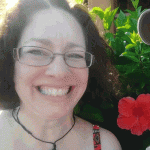



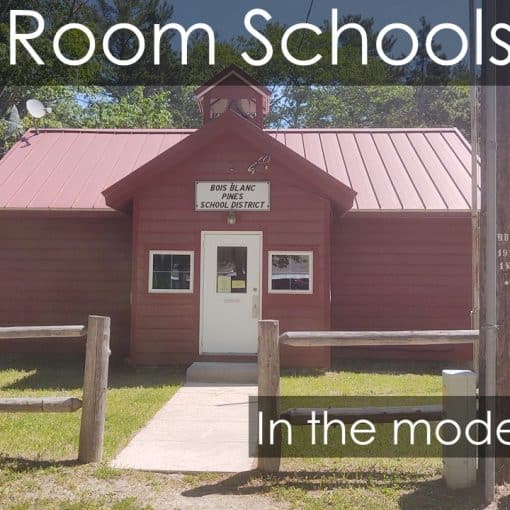
2 thoughts on “Pere Jacques Marquette”
Great article! Father Marquette was a true Christian that reached out to many people. The fact that he was so well respected speaks volumes of his ways connecting with native Americans. I didn’t know his bone were taken to Wisconsin and then brought back to St. Ignace. I love reading your stories and learning new bits of our history! Keep up the great work!
Rick,
Thank you for taking time to comment. We appreciate your support!